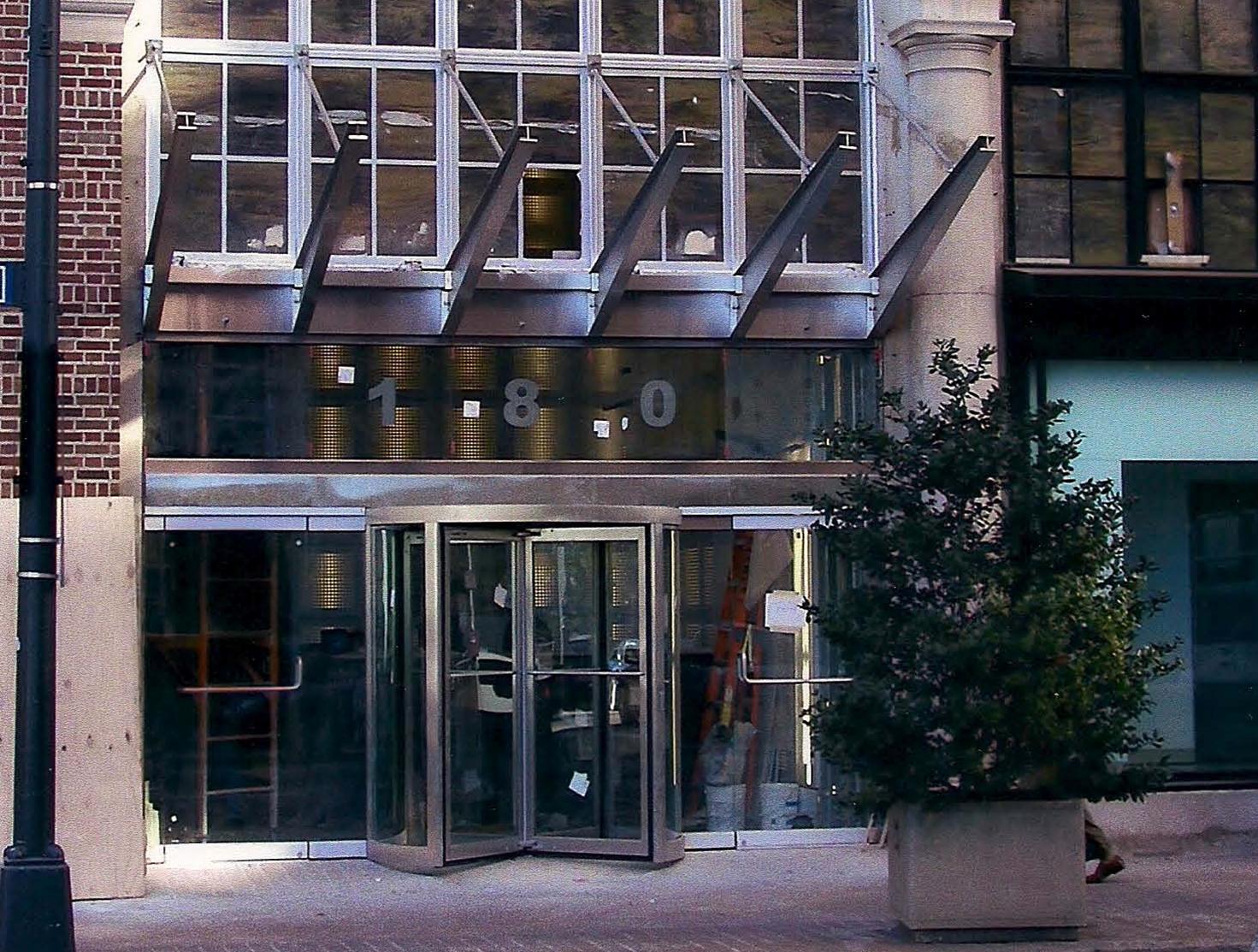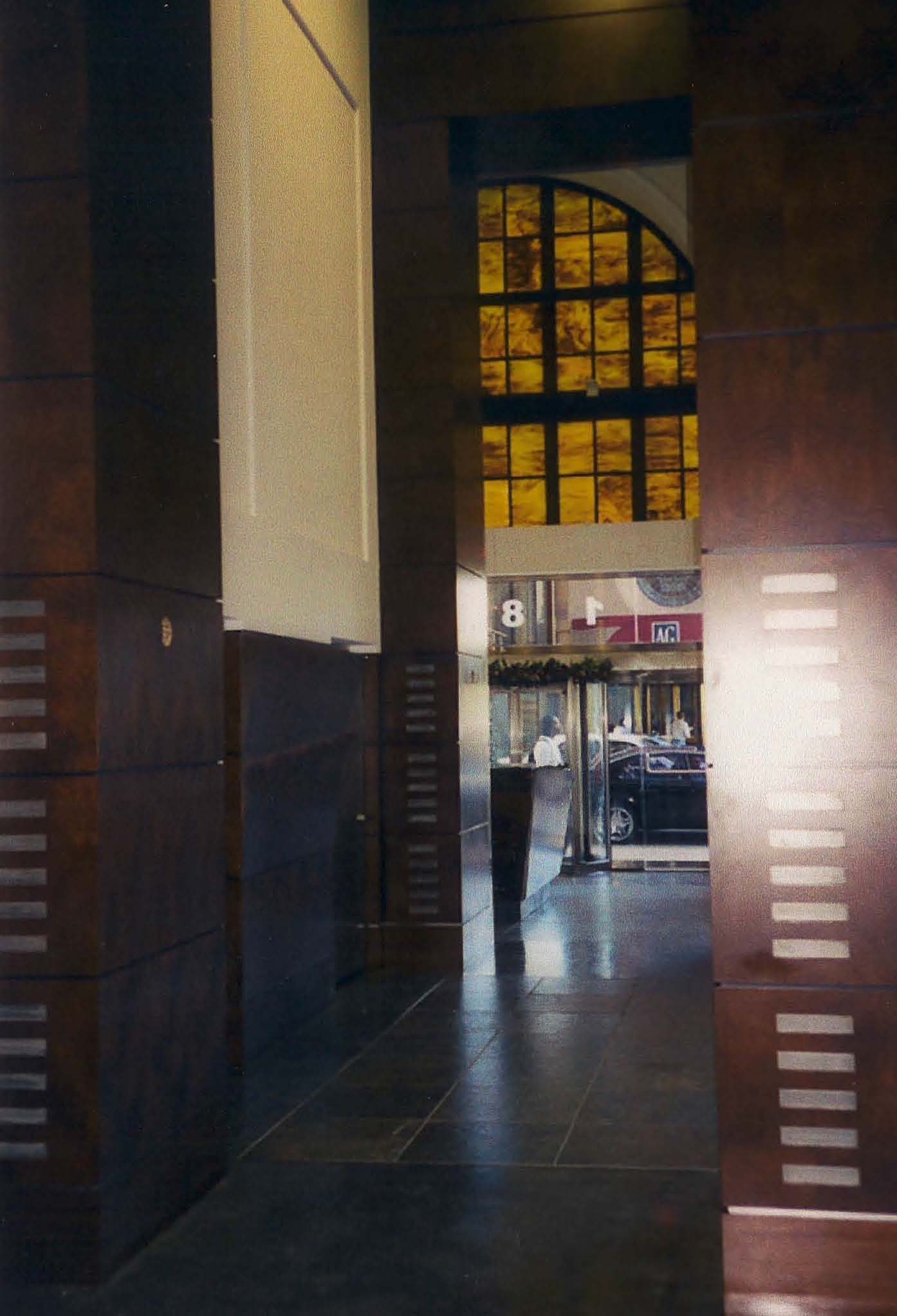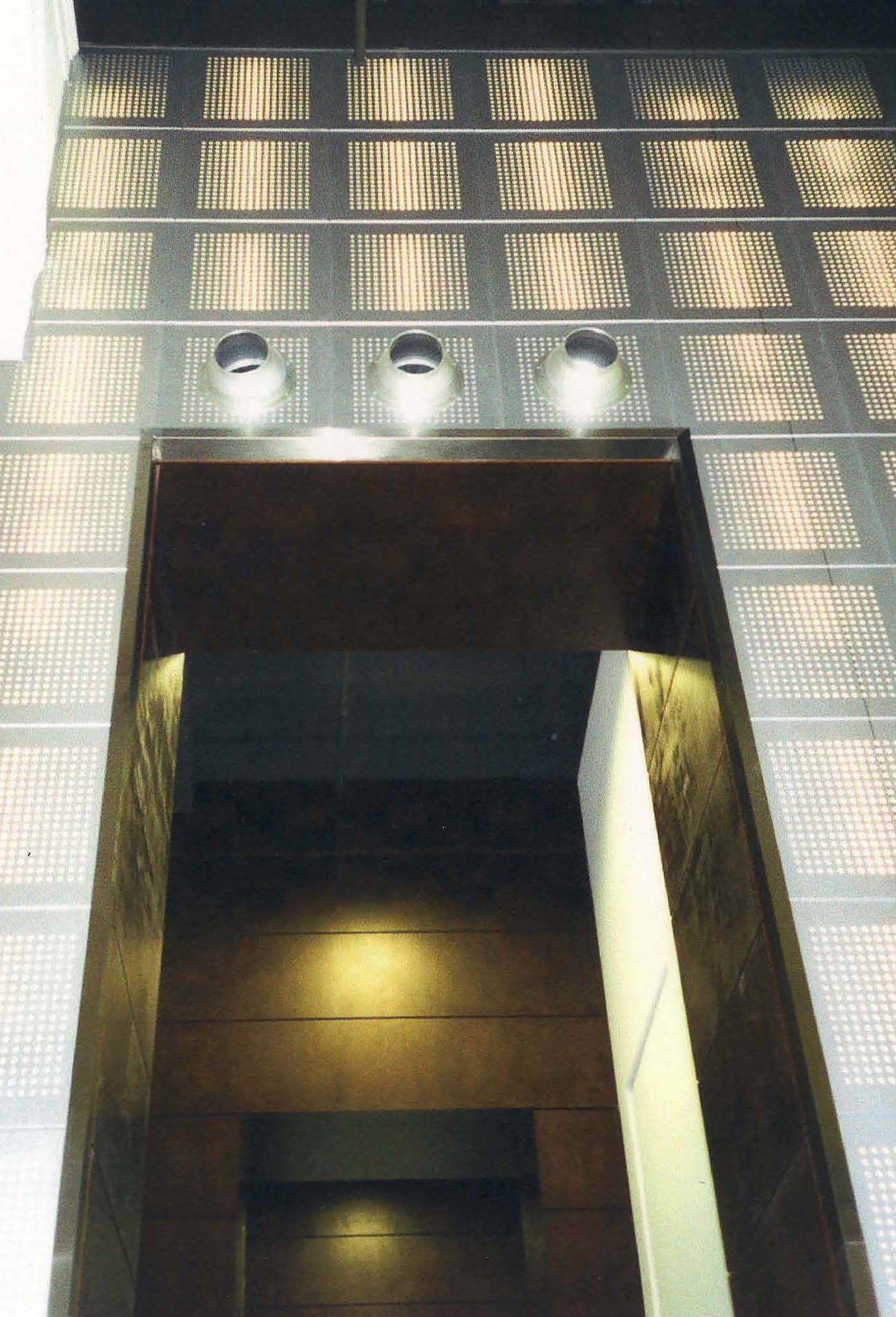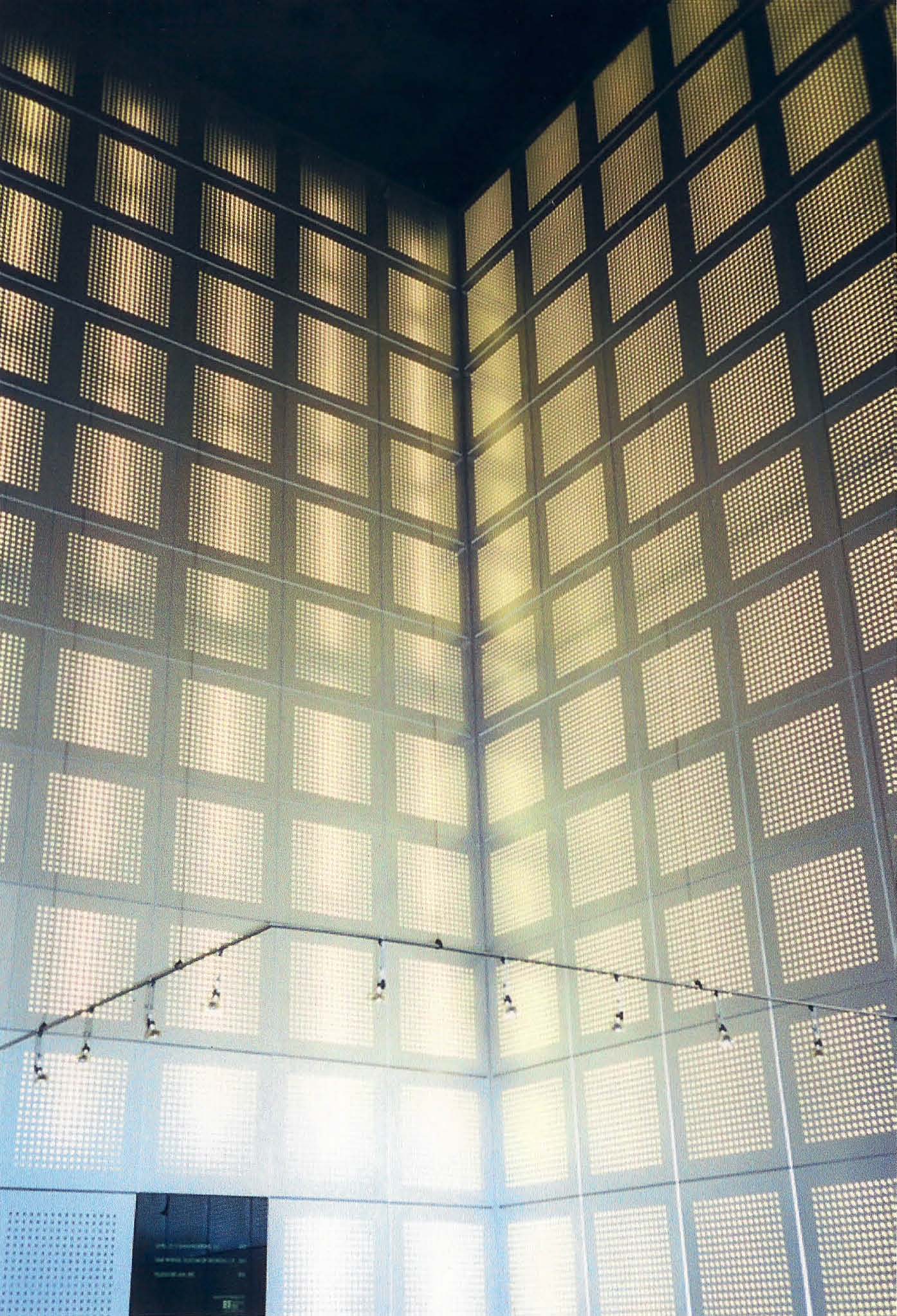
Atlanta Xchange
PROJECT SITE
Atlanta Xchange / 180 Peachtree Street, NE
Atlanta, Georgia
Site of the former Macy’s Building, Downtown Atlanta
POSITION
Project Architect / Contract Administrator
FIRM
Stang & Newdow
PROJECT STATISTICS
Cost Of Construction = $123 MILLION
Interior Renovation = 615,000 SF
Exterior Restoration = Intersection of Peachtree & Ellis
DESCRIPTION
This 615,000 SF interior renovation and exterior restoration project is now home to such companies as Level(3), Teleglobe and Time/Warner, while, at the time of construction, maintaining the original owner, Macy’s, as a tenant. Due to the unique design challenges that this project posed, a design/build approach was implemented. As the building underwent extensive demolition to its interior, it remained operational throughout its entire construction process.
The continued and thorough communication among each discipline including architectural, structural, electrical, mechanical, plumbing, and contractor was essential to the success of the AtlantaXchange; as each day a new problem solving challenge was presented. This prominent downtown structure is now equipped with state of the art technologies which include, but are not limited to, such features as quadruple redundancy in its power back-ups as well as literally providing 100’s of miles of fiber optic cable.
The upper interior spaces of the original Macy’s department store were stripped to there original concrete structures; no longer operational elevator shafts provided excellent space for utilization as chases for the extensive upgrade to the building’s infrastructure. The greatest challenge and most prominent feature of this renovation and restoration was the new lobby featured at the corner of Peachtree and Ellis Streets.
The once display window for the Macy’s Department store is now the tenant entrance into the building’s lobby. The long and narrow space, not typical of lobby design, presented an opportunity to take advantage of the concept of volume, playing with ideas of contrast in material as well as dimension. The lobby was designed into “portals”, the first portal being the location of the custom-built security desk of concrete, granite, and wood against a backdrop of backlit stainless steel perforated metal panels. The second portal maintains the first of three new elevators and the building’s mail delivery system which is approached through an archway, constructed of the same wood used at the security desk, thus bringing the lobbies 30’-0” ceiling height down to a more human scale. The last portal supports the remaining elevators and provides access to the fire command center.
The contrast of industrial and high-end materials lends itself to a smooth transition from city street to tenant space in this particular renovation/restoration project.




